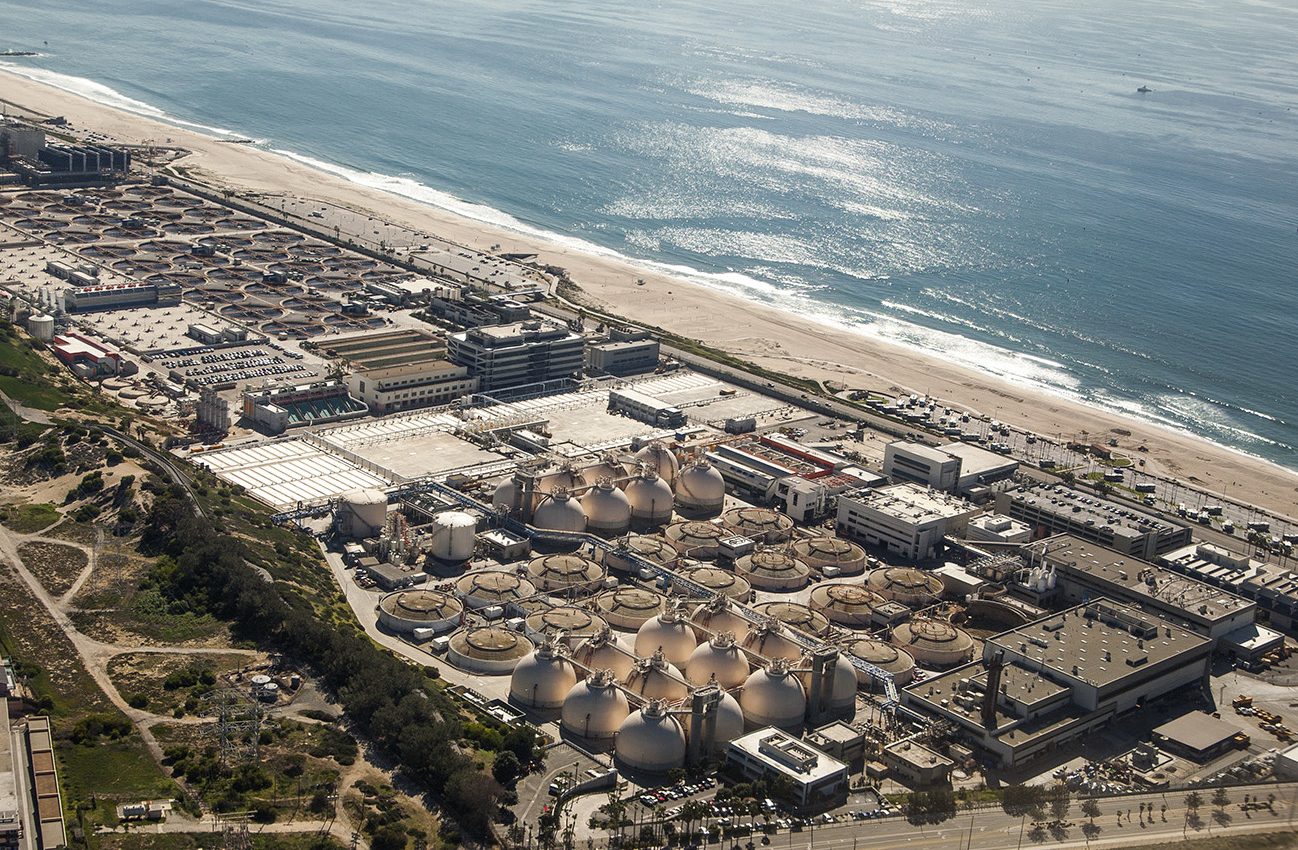
Saltwater could provide another source of renewable energy
Harvesting energy from coastal saltwater where ocean and freshwater mingle, also known as blue energy, could be the next big thing in renewables, according to a new study.
Researchers from Stanford University have developed a new technology in the form of a battery that could be used to harness blue energy and provide another source of renewable energy.
“Blue energy is an immense and untapped source of renewable energy,” said Kristian Dubrawski, a co-author of the study. “Our battery is a major step toward practically capturing that energy without membranes, moving parts or energy input.”
The new technology builds on an earlier concept for a battery that uses salt gradients, and the researchers applied the concepts to coastal wastewater treatment plants.
It’s the first blue energy battery that uses electrochemistry instead of pressure or membranes to work.
The technology works by releasing sodium and chloride ions from electrodes in the battery into a special solution. The ions create a flow of current from one electrode to the other, and wastewater and saltwater are then flushed through the system which forces the ions to reverse the flow of the current.
A prototype battery was developed, and the researchers tested potential energy production with the battery by flushing it with wastewater and seawater, alternating between the two every hour.
The prototype was extremely successful and was able to effectively capture energy from saltwater over 180 cycles.
Freshwater and saltwater in coastal wastewater treatment plants could generate enough energy to power more than 1,7000 homes for a year.
Using the battery in wastewater treatment plans could make plants energy independent and reduce electricity use and emissions.
The battery could provide an affordable, sustainable, and durable alternative for harnessing blue energy.
“It is a scientifically elegant solution to a complex problem,” said Dubrawski. “It needs to be tested at scale, and it doesn’t address the challenge of tapping blue energy at the global scale – rivers running into the ocean – but it is a good starting point that could spur these advances.”
The researchers next plan to test the battery to scale in wastewater treatment plants.
A paper detailing the battery and new technology was published in the American Chemical Society’s journal ACS Omega.
—
By Kay Vandette, Earth.com Staff Writer
Image Credit: Doc Searls / Flickr













